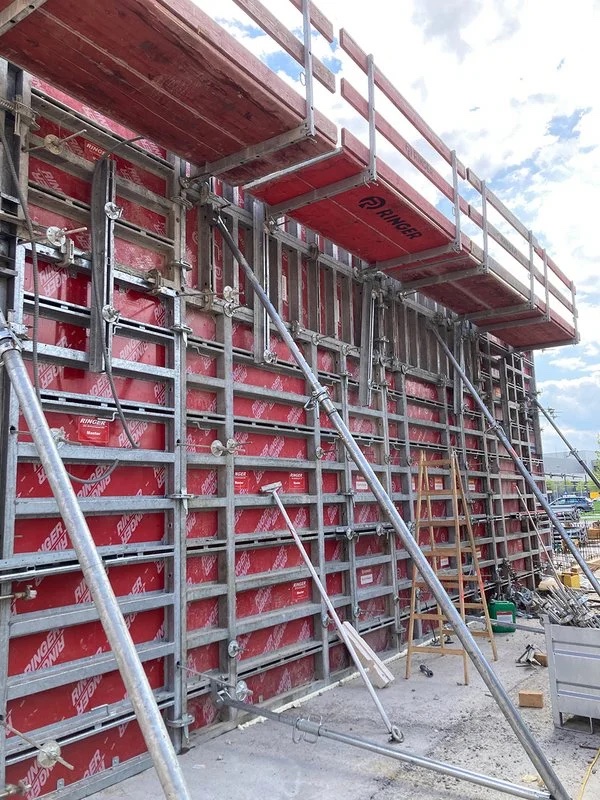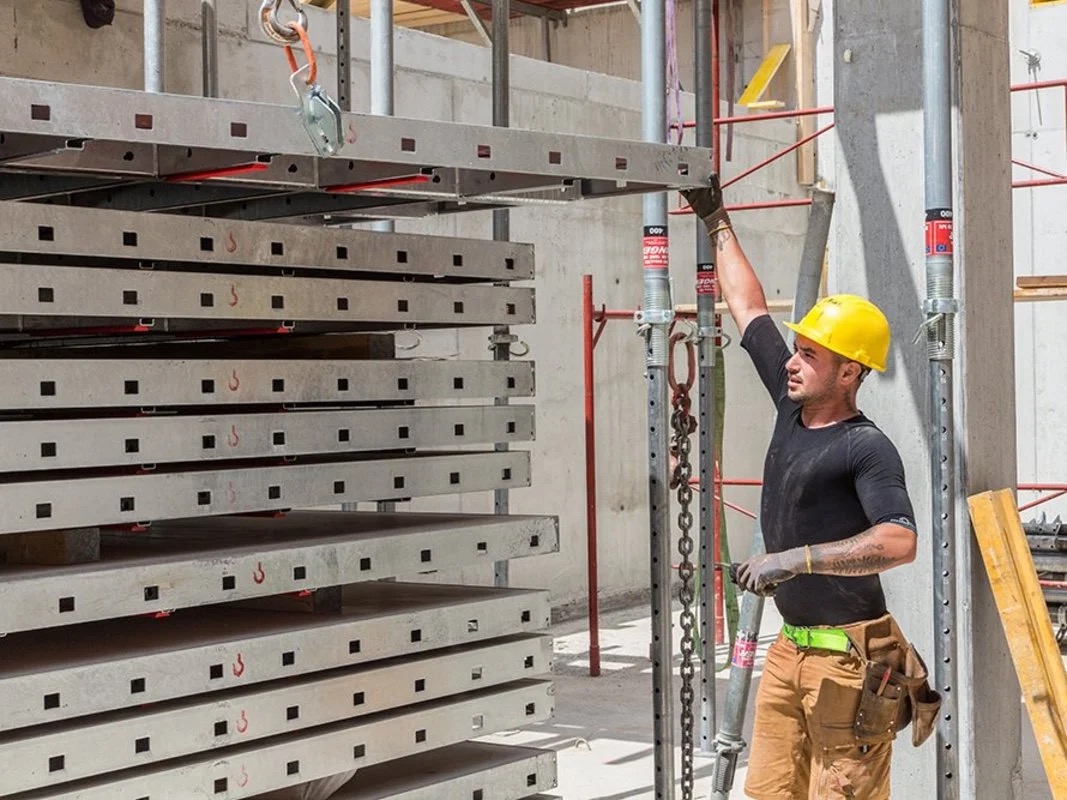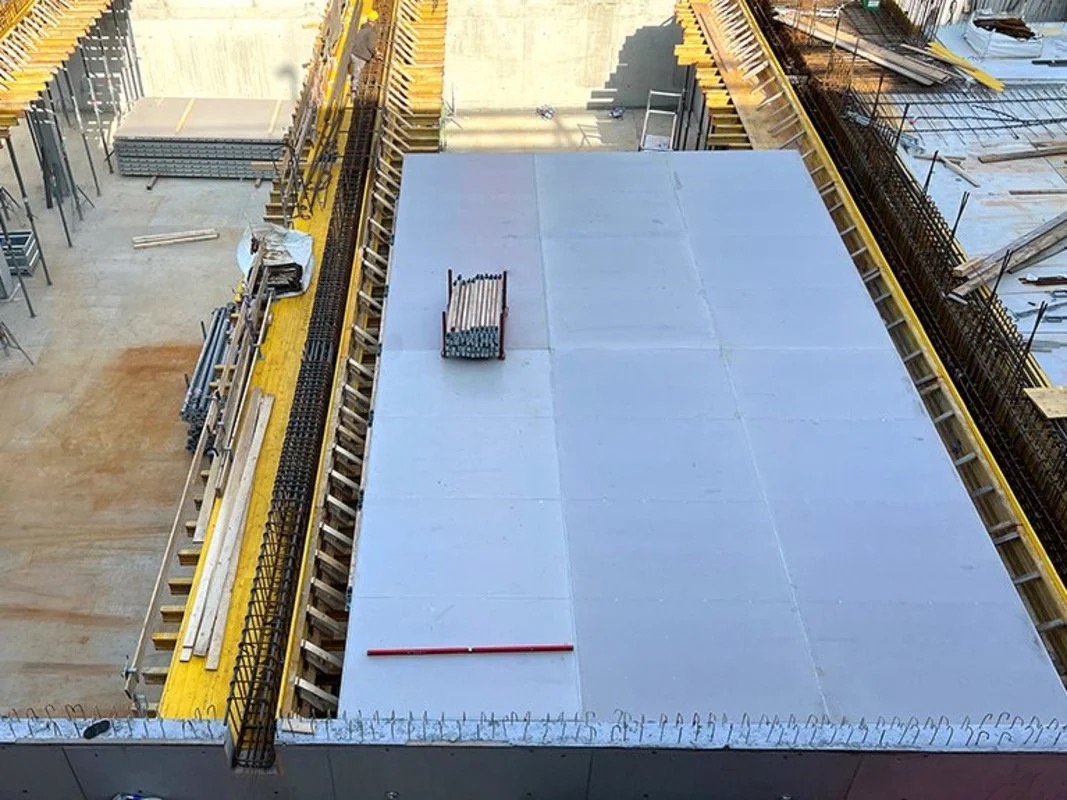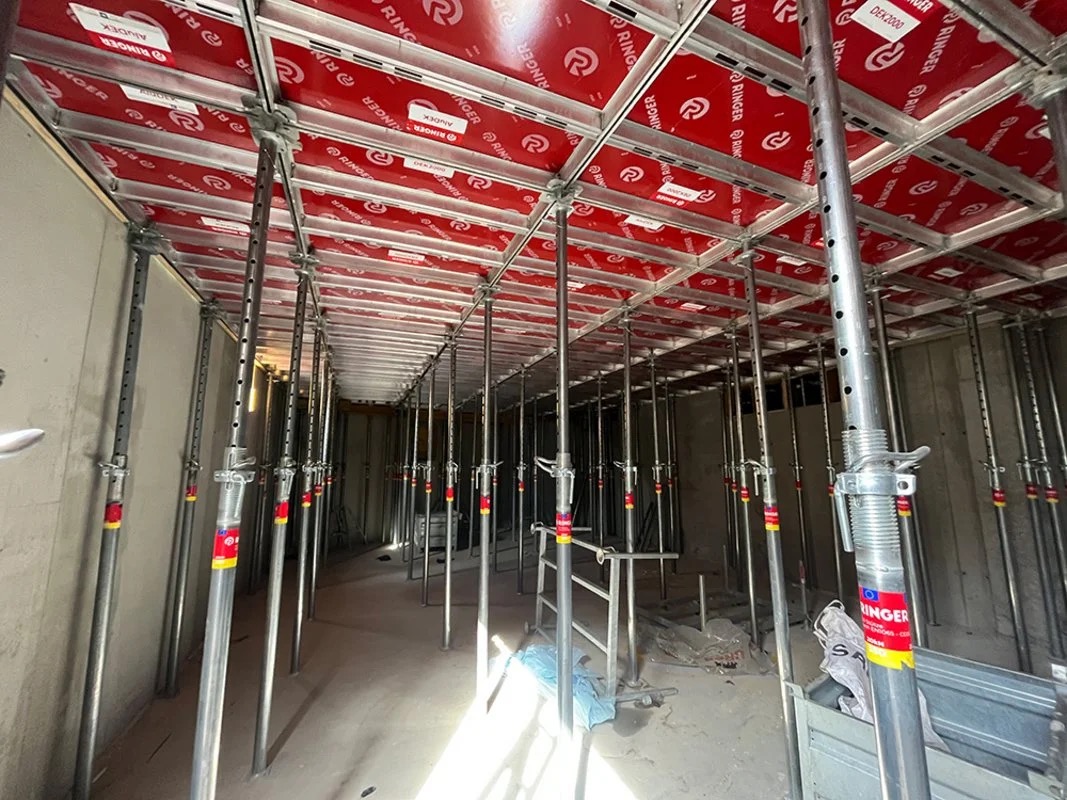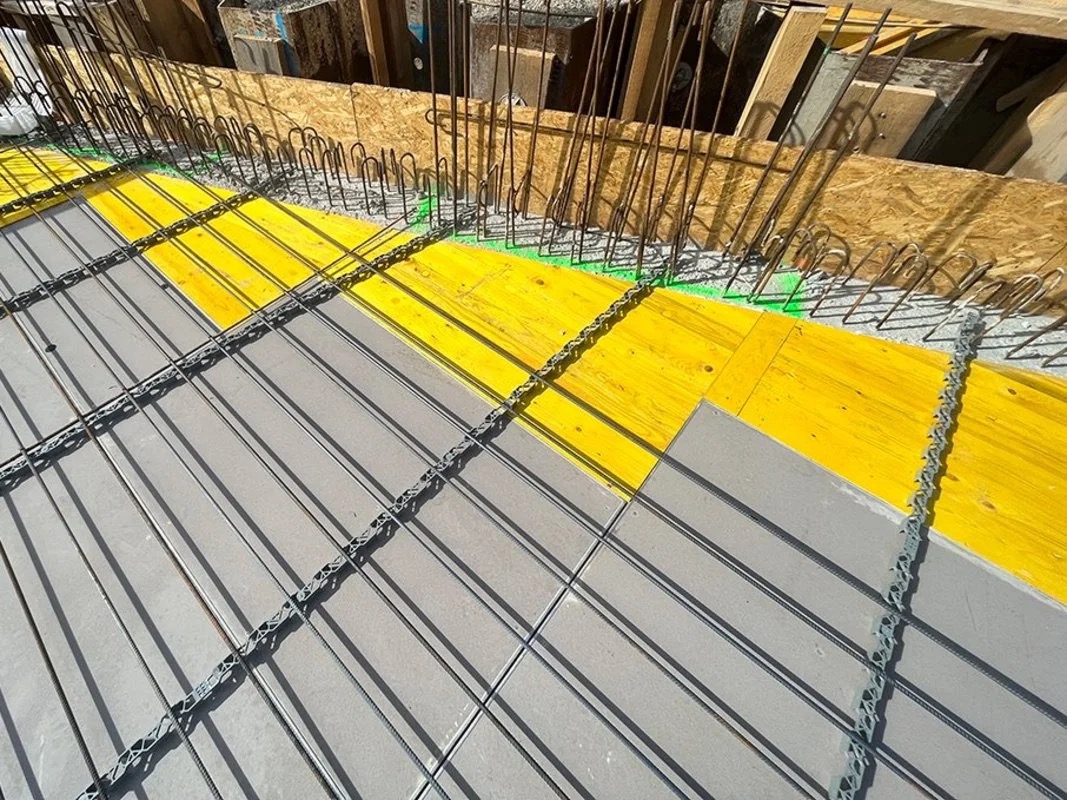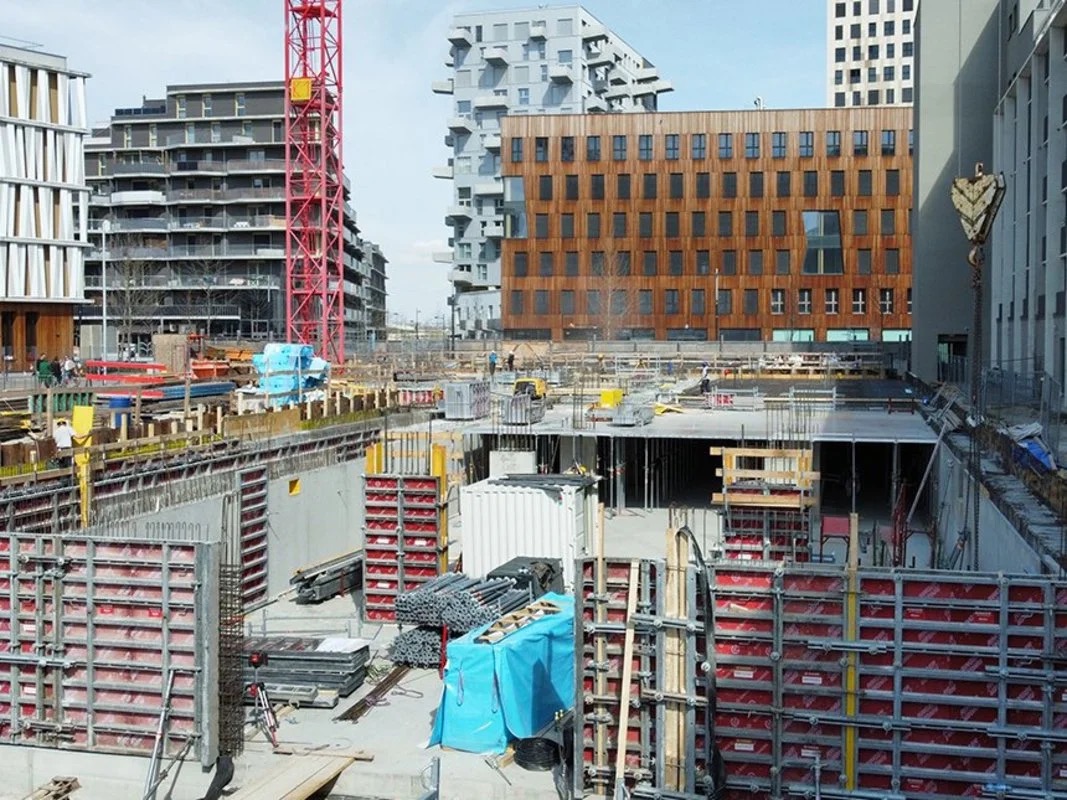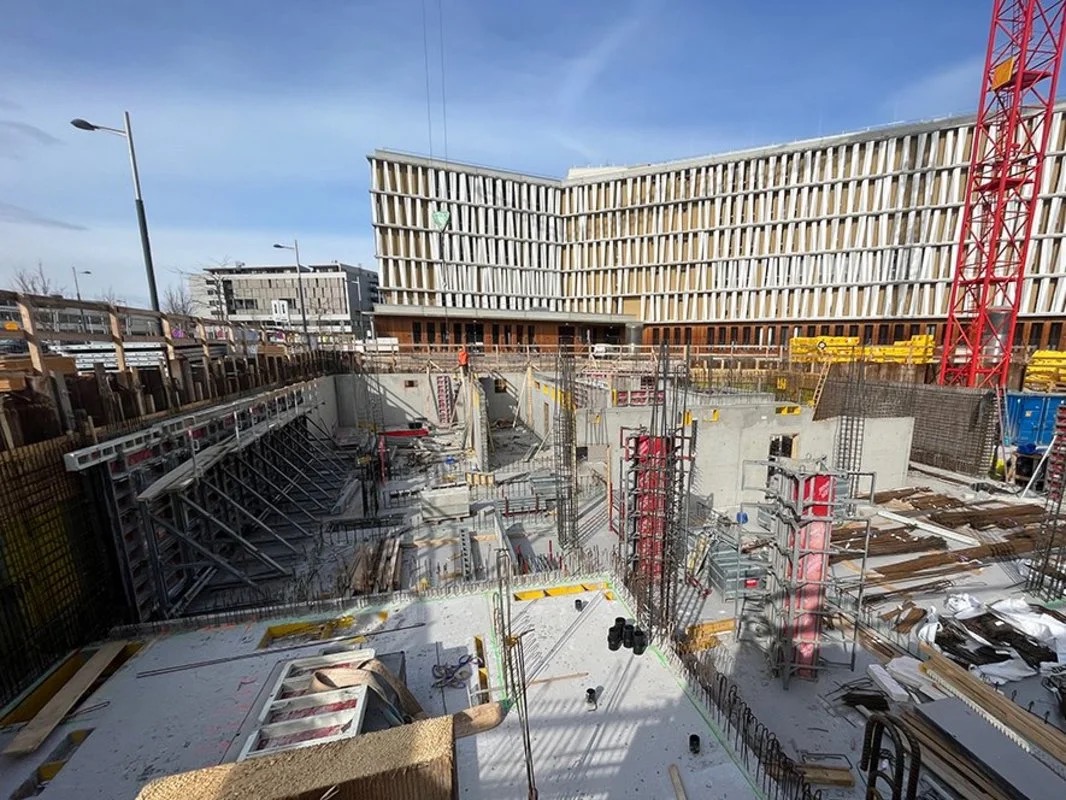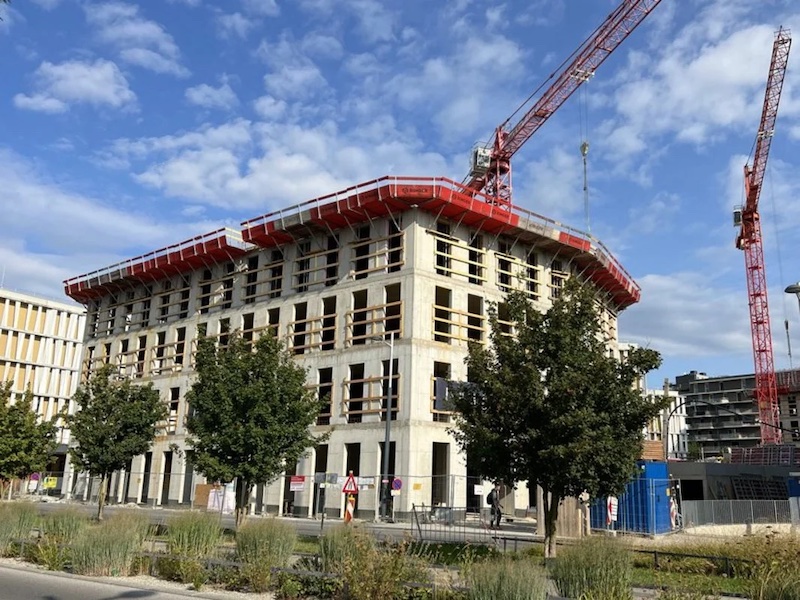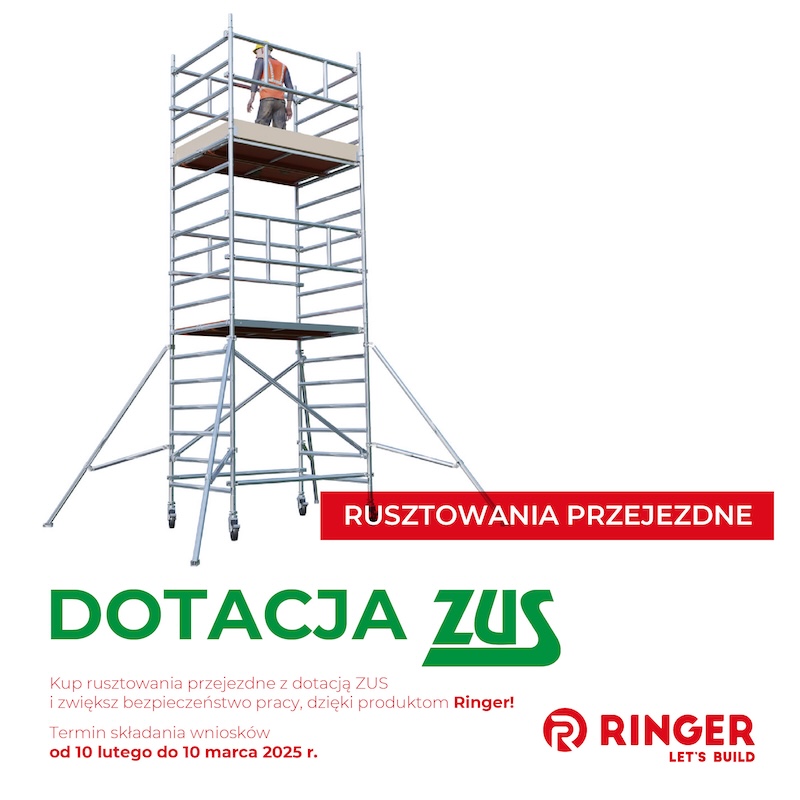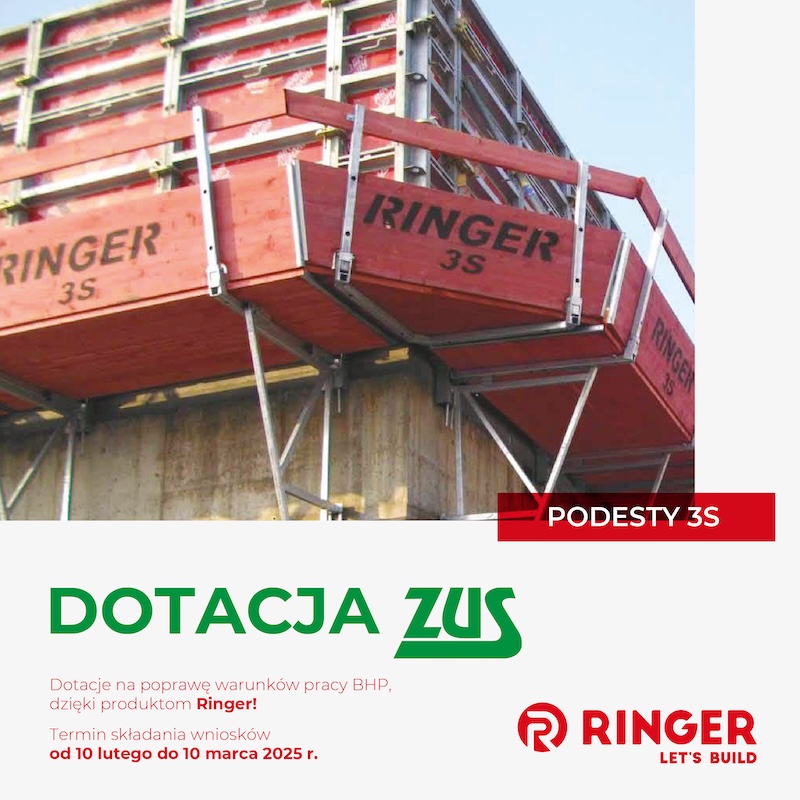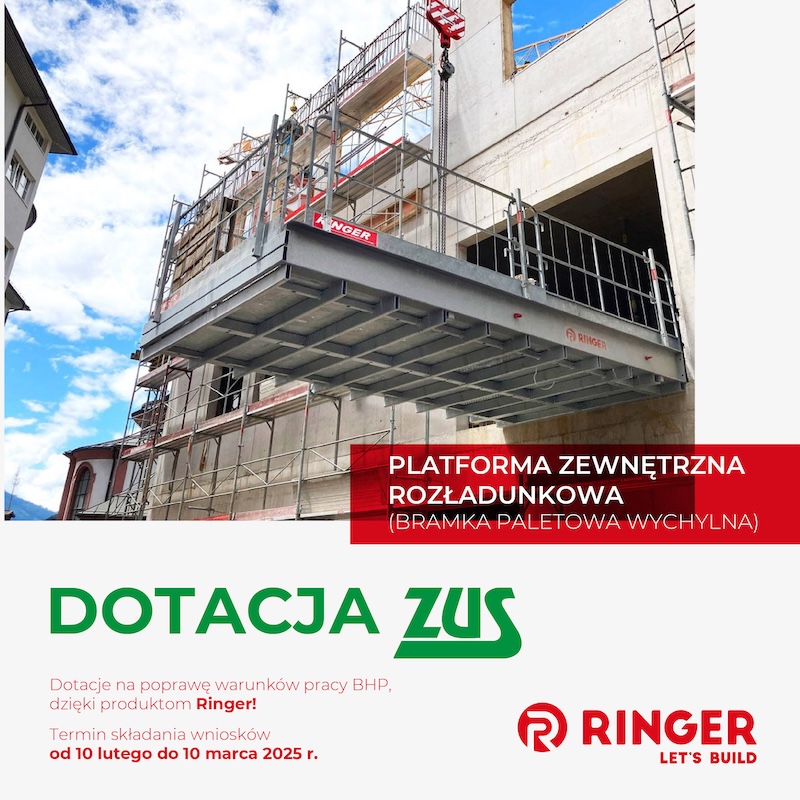This website uses cookies so that we can provide you with the best user experience possible. Cookie information is stored in your browser and performs functions such as recognising you when you return to our website and helping our team to understand which sections of the website you find most interesting and useful.
A new health centre for the Seestadt Aspern
in Vienna, Austria
Project data:
Completion year: 2023
Country: Austria
Application: Wall, ceiling, protective scaffolding
Products in use
Dipl. Ing. Wilhelm Sedlak Gesellschaft m.b.H is building a health centre on behalf of PHCS Immobilien Alpha GmbH u. Co KG in around 20 months construction time in Seestadt Aspern, 1220 Vienna, one of the largest urban development areas in Europe. The project is located in the immediate vicinity of the Seestadt underground station and on one of the last construction sites in the Seeparkquartier, the business location of Seestadt.
The new building consists of two six-storey structures that are connected to each other on the ground floor and in the basement. It extends from Simone-de-Beauvoir-Platz to Sonnenallee.
With a usable floor space of around 9,650m², the new building offers space for all medical areas in addition to a local supplier on the ground floor and thus makes a significant contribution to ensuring health care in and around the Urban Lakeside Aspern.
When designing the “Aspern Health Centre”, special attention was paid to a sustainable energy generation and building services system that is optimally matched to the building’s use. The heating and cooling supply is ensured by geothermal probes under the buildings, which are combined with a brine/water heat pump. In addition, a PV system on the roof generates part of the required electricity.
Through this combination, a significant part of the necessary energy for the building’s operation is produced self-sufficiently. The “Aspern Health Centre” is being built in accordance with the high sustainability standards of ÖGNI/DGNB and ÖGNB. Certification as “DGNB Gold” and “TQB 800” is being sought.
Wall and slab formwork from RINGER
Sedlak relied on the expertise of RINGER for the realisation of the construction project. Formwork, scaffolding and safety solutions from Regau were used in all areas of the shell construction. In the area of the walls, the tried-and-tested RINGER Steel Master was used. The formwork system convinces with its robustness, a max. concrete pressure load of 80kN/m² as well as its comprehensive element variety. Due to the partly very narrow excavation, various areas were formed with RINGER Brace frame M on one side.
The PAX Formwork was used for the supports in the basement and in the area of the parking garages. The RINGER double guardrail scaffold was used to insert the wall reinforcement.
Various platforms and brackets were used to ensure the necessary safety during concreting and to provide the required fall protection.
Depending on the area of application, either the RINGER Brace frame „L“, or, for even more flexibility, the proven scaffolding bracket with post support was used for concreting. In addition, RINGER Climbing platforms were used. The RINGER parapet clamp with a continuous adjustment range of 60cm was also used in numerous places.”
For the slab formwork, Sedlak relied on the latest solutions from RINGER. Both the lightweight AluDEK modular slab formwork and the brand-new DEKplus. The two 100% compatible slab formwork solutions play to their strengths in this construction project.
“AluDEK and DEKplus play perfectly together, all in all an extremely convincing slab formwork package”:
Peter Zolles, Hauptpolier bei Dipl. Ing. Wilhelm Sedlak Gesellschaft m.b.H

Slabs formed with AluDEK and DEKplus
The lightweight AluDEK-panels were used in areas that later had to be stripped by hand due to narrower door openings. Assembly with AluDEK head and standard slab props also worked quickly with the elements weighing only 21 kg/m².
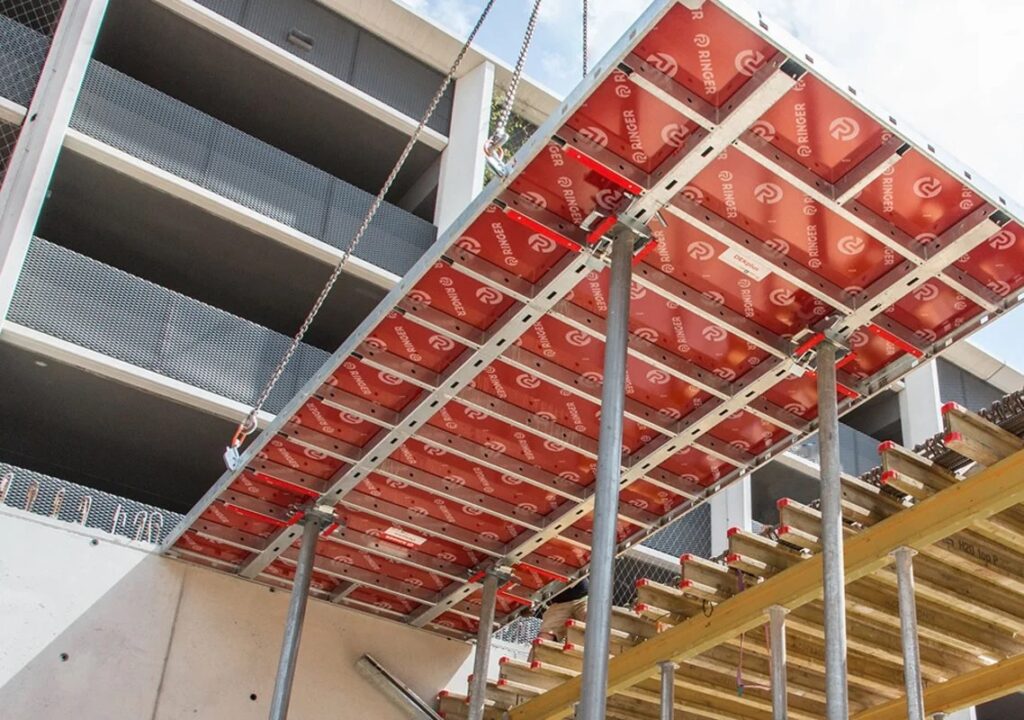
DEKplus showed its strengths in large areas. Remaining areas, such as sloping wall courses, columns or other recesses, could simply be filled with AluDEK compensation rails and formwork panels. The necessary beams were made with RINGER H20 beam and formwork panels.
Due to the enormous ceiling height of up to 5.20m in some places, the large-surface elements of the DEKplus concreting table were ideal for this construction project. 52 tables 225x540cm and 3 tables 180x540cm were used. Four DEKplus heads with 20kN props and a maximum extension length of 550cm were attached to each element. The elements were then lifted to their destination with the DEKplus crane hook. Due to the particularly slim design of the crane hooks, it was possible to place the table elements very close together, which meant that only minimal straightening work was necessary.


